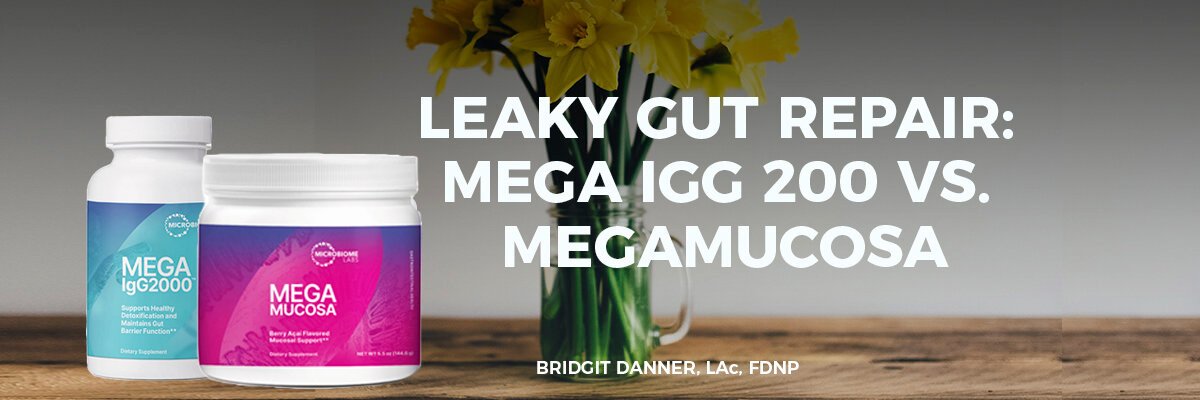The US National Institute of Health reported nearly ¼ of Americans are affected by some type of gastrointestinal (GI) disorder. (1)
GI complaints are quickly skyrocketing in the US to be one of the biggest health concerns. As Hippocrates once said, “All disease begins in the gut.” For too long people have ignored their gut health.
Many people seem to consider occasional (or even daily) bouts of diarrhea, constipation, and acid reflux are just a normal part of life. But, that should not be the case.
Keep reading to learn about the options you have when it comes to correcting your gut health. Whether you swear by colon hydrotherapy (CH), you’ve been debating whether to try it, or you’ve never heard of it, this article will explain what colon cleansing entails, some history and claims about colon hydrotherapy, and additional considerations.
What Is a Colon Cleanse?
Generally speaking, a colon cleanse involves cleaning out the waste in your lower GI tract. This includes fecal matter, mucous, and microorganisms.
In order to do this, many people will see a specialist, a colon hydrotherapist. A session with a colon hydrotherapist typically lasts 30-45 minutes. While it is similar to an enema, it is substantially longer and uses considerably more water. It has been reported that these colon cleanse treatments can use up to 60L (16 gallons) of water per session. (2)
Before we get to colon cleanse benefits, it’s important to know how colon hydrotherapy is working.
The influx of all of this water into your bowels has a few effects. Your bowels, which are surrounded by smooth muscle that controls its diameter, begin to dilate. This makes it easier for feces to make its way out of your rectum. The water pressure also helps to break up any dense or impacted contents that may be causing constipation in the first place. (3)
The simple act of irrigating your colon stimulates emptying. You can think of this as a reset for your bowels.
Some colon hydrotherapists may also incorporate herbals or coffee into their treatments. If you haven’t already, check out our blog on how to get started with your own coffee enema at home. We go into a little more detail about coffee enema pros and cons too!
History and Usage of Colon Hydrotherapy
Colon hydrotherapy (CH) has actually been around for centuries. At the peak of its use, the prevailing theory on disease had to do with something called “autointoxication.” The autointoxication theory was based on the premise that our GI tracts could be packed with toxins, from the environment or produced by our own body. Regular colon irrigation could rid your body from toxins and correct several issues.
Over the years, medicine changed its view on the autointoxication theory of disease. Lately, there has been a resurgence of CH use because of our renewed understanding of the GI system. Some studies have indicated CH may have a beneficial impact on the microflora within our bowels. (4)
Colon Cleansing: Fact Vs. Fiction
Colon hydrotherapy practitioners have reported a long list of colon cleanse benefits. This includes: (5)
Detoxification support
Relief from IBS
Weight loss
Asthma relief
Menstrual cycle improvements
Cardiovascular/circulatory improvements
Skin improvements
Increased Energy
Unfortunately, there is not a lot of published research on colon hydrotherapy. The greatest supporting evidence for the use of CH relates to defecation disorders following operations. (5) However, when people who regularly use CH were surveyed, they consistently reported greater well-being and health. (5)
Risk vs. Reward of Colon Cleansing
All interventions, no matter how benign or simple, come with a level of risk. It’s important to assess the risks vs. rewards of colon hydrotherapy. While many people may claim that colon hydrotherapy carries no risk, I think it’s important to tell you about some concerns, no matter how rare.
Some of the reported side-effects of CH include: (4)
Nausea
Diarrhea
Cramps
Irritation/discomfort
Electrolyte imbalance
Bowel perforation
Infection
Consider Your Options
It’s important to think about what benefits you are looking to get from colon hydrotherapy and see if other options may be available that can accomplish that goal. Some of these options may actually be more effective and safer.
I’ll include some of my favorite options below:
Gut Support 1: Probiotics
There are literally thousands of research articles that have shown probiotics to successfully ameliorate IBS symptoms and discomfort. The risks associated with probiotic supplementation are also significantly less than that of colon hydrotherapy.
My favorite probiotic to recommend is MegaSporeBiotic. This product contains billions of probiotic bacteria that help to relieve constipation/diarrhea, improve gut motility, and balance out the microbiome.
If you’re interested in learning more about probiotics and how to pick the right one, we made it easy for you. Check out a previous blog post here!
Gut Support 2: Prebiotics/Fiber
The current recommendation for fiber intake is about 15g per 1000 calories. That means if you eat 2000 calories a day. you should be consuming about 30g of fiber.
The average American only gets half of that! (6)
Without going into too much detail, prebiotics help fuel the good bacteria in your gut. This helps the beneficial bacteria flourish while the bad bacteria flounders. Prebiotics help not only your gut but also your immune system!
Our number one prebiotic product is MegaPreBiotic. If you want to get a better understanding of the role of fiber/prebiotics in your gut AND overall health, we’ve got you covered! Here’s the down and dirty details on everything you need to know.
Total Gut Restoration Kit
Pair the above top sellers with another favorite product by Microbiome Labs, Mega Mucosa, and you have the Total Gut Restoration Kit.
Developed by microbiologist Kiran Krishnan, this kit works in three steps to recondition, reinforce and rebuild the gut.
Layer 1: MegaSporeBiotic will increase your keystone strains--strains that conduct key functions in the gut--over the course of 3 months.
Layer 2: MegaPrebiotic Fiber will feed these strains, and other friendly strains, to increase exponentially.
Layer 3: MegaMucosa builds up your critical mucosal layer, an immune substance that prevents leaky gut and protects you from any pathogens in the gut.
By far, our Microbiome Labs products are the most popular in our shop because they are so uniquely effective.
Colon Hydrotherapy Takeaways
Colon hydrotherapy has been around for centuries. It involves irrigating your bowels with water. It helps to break up waste and facilitate its elimination.
Colon hydrotherapy has been claimed to help with several GI and non-GI related issues. Unfortunately, there just hasn’t been a lot published on it even though regular users swear by it.
Before you decide to give colon hydrotherapy a try, consider the risks and benefits for your specific concerns. If you decide colon hydrotherapy is not for you but are still looking to improve your health, consider the alternatives, such as our Total Gut Restoration Kit, or my free digestive guide below.
If you’re still feeling confused as to where to start, check out my top-down digestive instructions.
In this guide, I dig deep into digestion, the science behind it, and some common and less common solutions I’ve found. Even if you’ve been working on your gut or other chronic health complaints for a while, I am pretty sure you will find some nuggets in this guide to give you the boost you need.
Bridgit Danner, LAc, FDNP, is trained in functional health coaching and has worked with thousands of women over her career since 2004. She is the founder of Women’s Wellness Collaborative llc and HormoneDetoxShop.com.
Check out her easy 5-Day DIY Detox Guide here!















In Chinese medicine, every organ system has a corresponding emotion, and if that emotion is at an extreme, the organ function can be affected. In today’s article, I’m going to use the concept of ‘overthinking damage digestion’ to describe some of the effects of worry and ‘overthinking’ on digestive function.